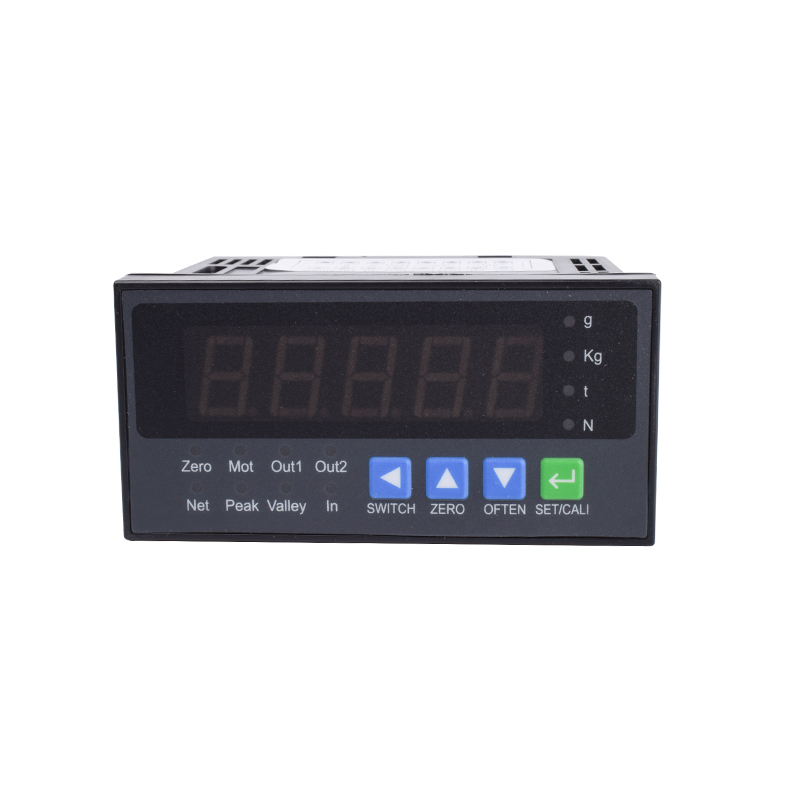


Tags :







Tags :